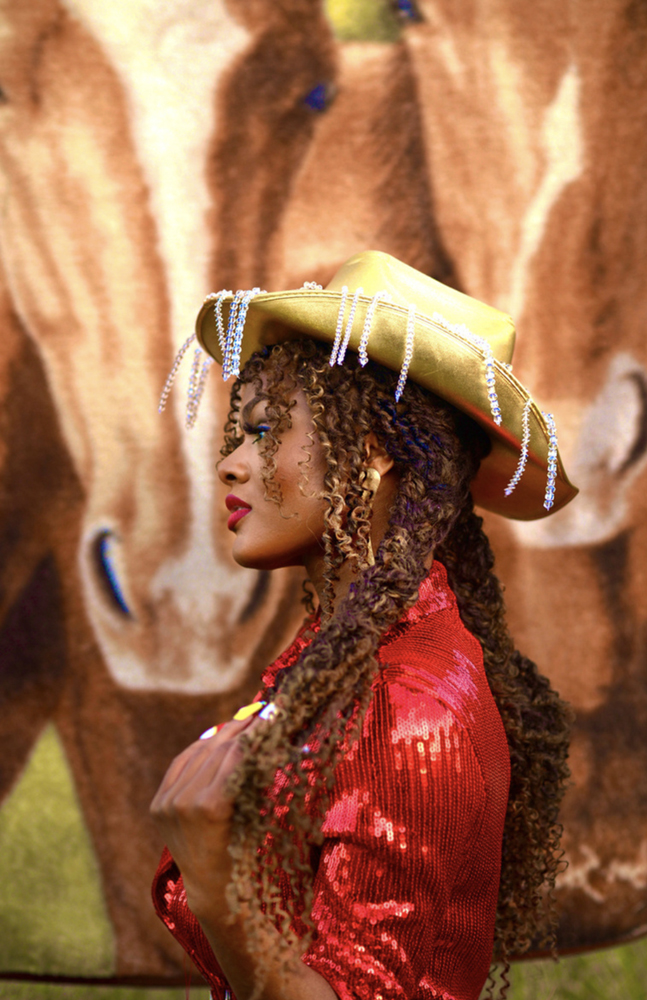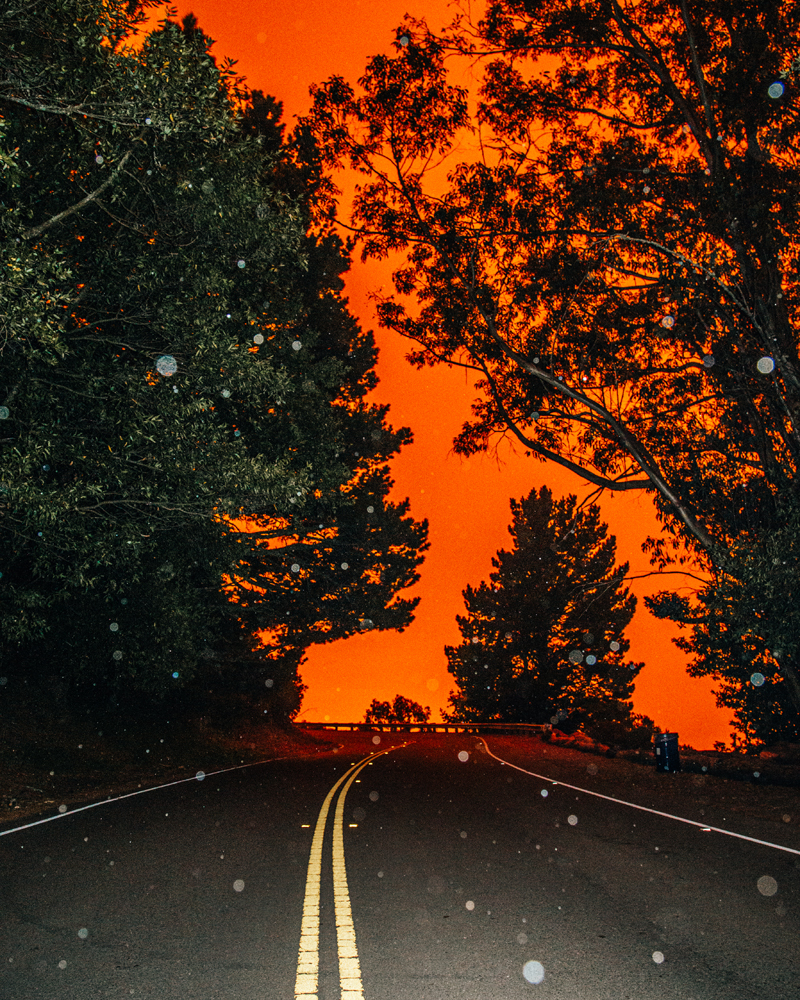Diversify Photo: Building Community
Diversify Photo was founded in 2017 by Brent Lewis and Andrea Wise. It is a community of BIPOC and non-Western photographers, editors, and visual producers working to break with the predominantly colonial and patriarchal eye through which history and the media have recorded the images of our time. For this feature, I spoke to David M. Barreda, the Community Director, who is also a senior photo editor at National Geographic.
Ashima Yadava: How long have you been a part of Diversify Photo, David? And why did you decide to join the collective?
David M Barreda: I joined the collective in 2017 when I got an email forwarded from a friend asking photographers of color to add their names and contact info to a Google Sheet that could be shared with editors in the photography industry. I signed up and would refer to that spreadsheet when I needed to reach out to photographers for assignments. In 2019 I answered a call from Andrea and Brent to join as as a technical producer and became part of the core team. We converted the spreadsheet off of Google Docs and built it into our website and then built out a biannual application review process.
AY: Can you tell us more about Diversify Photo’s goals as an organization?
DMB: Diversify Photo was formed to provide a database and platform for the representation of underrepresented photographers and their work. It showcases photographers and supports their work across a diverse range of perspectives and stories that may not be widely represented in mainstream media, and certainly weren’t when this group was first founded.
Our website, social media, and in-person highlight talented photographers and editors who identify as BIPOC and/or non-Western. We want them to get hired and to add their important voices to what is published and the way our industry is represented. We want to support each other and help connect one another with opportunities and paying opportunities and share information and resources to help each other succeed and flourish in our careers.
AY: Why do you think collectives like Diversify Photo matter?
DMB: For too long it seemed most people who were in this business approached the photography business with a siloed and individualist mindset. But I think that sharing resources, knowledge, and contacts helps everyone, the client, the community, and the industry. Together we are stronger, more creative, have more skills, and more ability to problem solve.
Also, there’s no sense in reinventing the wheels in our industry, pitching basics, invoicing, and reading contracts, or applying for grants are all skills that each photographer needs to know but few institutions teach us how to do them well. We can help each other so that each of us can focus more on the creative aspects of what we do—which is the reason we became photographers and editors.
AY: What resources and opportunities do you offer your members?
DMB: Diversify Photo members have access to various networking, local meetups, exhibiting, speaking, community-building, educational, and resource-sharing opportunities like Photographer Pay Equity Project, the Visual Thesaurus – a living resource of alternative words that we commit to using as photographers, editors, and writers to describe our and our colleagues’ work, Portfolio Reviews, agent representation in partnership with Redeye, Private Facebook community group, Members-only Slack group with 1,000 folks where people can ask questions, give constructive feedback, and share advice. Grants and fee waivers for contest entries.
Mentorship like Develop 2023 supported by Fujifilm.

Mexico Members MeetUp — Alejandra Rajal, Alejandro Cegarra, Jacky Muniello, Greta Rico, Koral Carballo, Luis Antonio Rojas, Victoria Razo and myself from Mexico; Florence Goupil from Peru, James Rodriguez from Guatemala and Veronica G. Cardenas from the United States were present. © Felix Marquez

Seattle MeetUp — Sanwal Deen, Chloe Collyer, Jovelle Tamayo, Ramon Dompor, Meron Menghistab, Kiliii Yüyan, Robert Pluma, Daniel Kim (not a member, but glad to have him!), Charissa Soriano. © Chona Kasinger
AY: I hear Diversify Photo is now transitioning into a Non-profit. Can you tell us more about that?
DMB: That’s a great question for Andrea and Brent, the Diversify Photo Founders. I will just say that hopefully sometime in 2024 we will transition to being a 501(c)3. That is a great fit for us because education has been core to so much of what we do and we’ll be able to lean into that much more.
AY: What are the challenges you and the team at Diversify Photo continue to face in the visual industry?
DMB: I think the whole industry is plagued with ever-shrinking budgets and so more is rigid on the success of each assignment. That makes editors often choose from their roster of people they know and trust. But diversifying your roster is not a part-time thing—and when interest in our membership peaks in February, May, September, and November, I know we have a lot more outreach to do. And that is why last year we launched the Diversify Photo Editor Membership. By connecting editors of color who are in the newsrooms and pitch meetings, I hope we can make more lasting changes in the publication’s editorial and creative directions.
AY: Do you work with peers who address similar issues? What do these collaborations look like?
DMB: We created the Photographer Pay Equity Project together with Women Photograph. Our collaboration with Photoville on the professional development lessons I mentioned earlier. Then there is the Eye Witness Photojournalism grant along with the Pulitzer Center awarding three $ 3,000 USD grants each year.This year we launched DEVELOP 2023, a mentorship program from Diversify Photo, supported by Fujifilm.
AY: What would you say to the people in the photo industry?
DMB: We want photographers to be paid fairly for the work they do and we want to make it easy to connect with photographers of color around the world. The career of a photographer is not an easy one but it is rewarding and if we work together it can be one where your community helps you out and you give back to it. That’s the most rewarding part of it.
I appreciate you speaking to us, David. I’m proud to be a member of Diversify Photo.
https://diversify.photo/
Instagram: @diversifyphoto
Ashima Yadava is a conceptual documentary photographer and printmaker. With the camera as her conduit, Ashima believes in art as a means to social activism and reform. Her work is rooted in long-form stories with a focus on issues of gender equality, race, and social justice.
Born in New Delhi, India, Ashima now lives in San Francisco, California where she works in digital and analog methods including large format and silkscreen. She is currently a California Arts Council Fellow and helps the Development Committee at SF Camerawork. Her work has been featured in publications including National Geographic, Mother Jones, SFChronicle, and 6MOIS and exhibited around the world including the deYoung, the United Nations in New York, RISD, Technische Dresden in Germany, NIDA Festival Lithuania among others. She is a Director’s Fellow from the ICP, New York.
Ashima is the founder of Huq : I Seek No Favor. Huq brings together over 100 artists and thinkers to respond to the abortion ban.
Instagram: @indigonyx
Posts on Lenscratch may not be reproduced without the permission of the Lenscratch staff and the photographer.
Recommended
-
The Next Generation and the Future of PhotographyDecember 31st, 2025
-
Spotlight on the Photographic Arts Council Los AngelesNovember 23rd, 2025
-
100 Years of the Photobooth: Celebrating Vintage Analog PhotoboothsNovember 12th, 2025
-
100 Years of the Photobooth: The Photobooth Technicians ProjectNovember 11th, 2025
-
100 Years of the Photobooth: Rafael Hortala-Vallve: AUTOFOTONovember 10th, 2025















































































